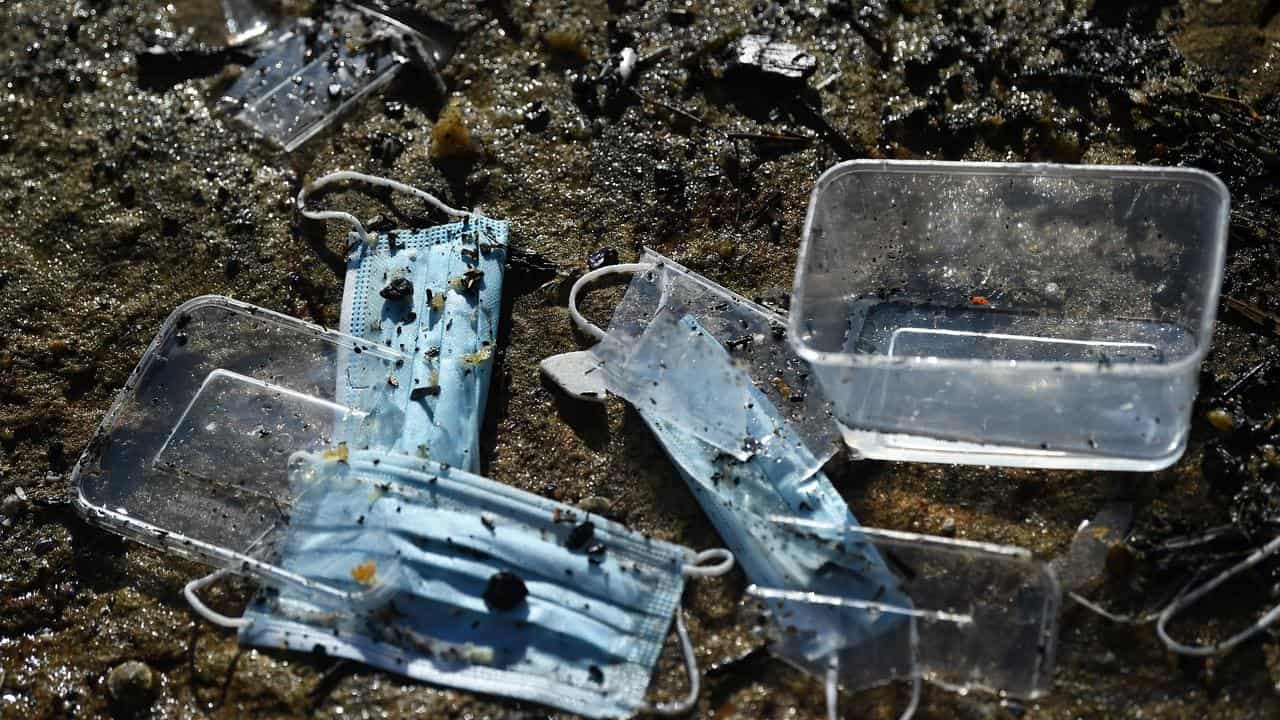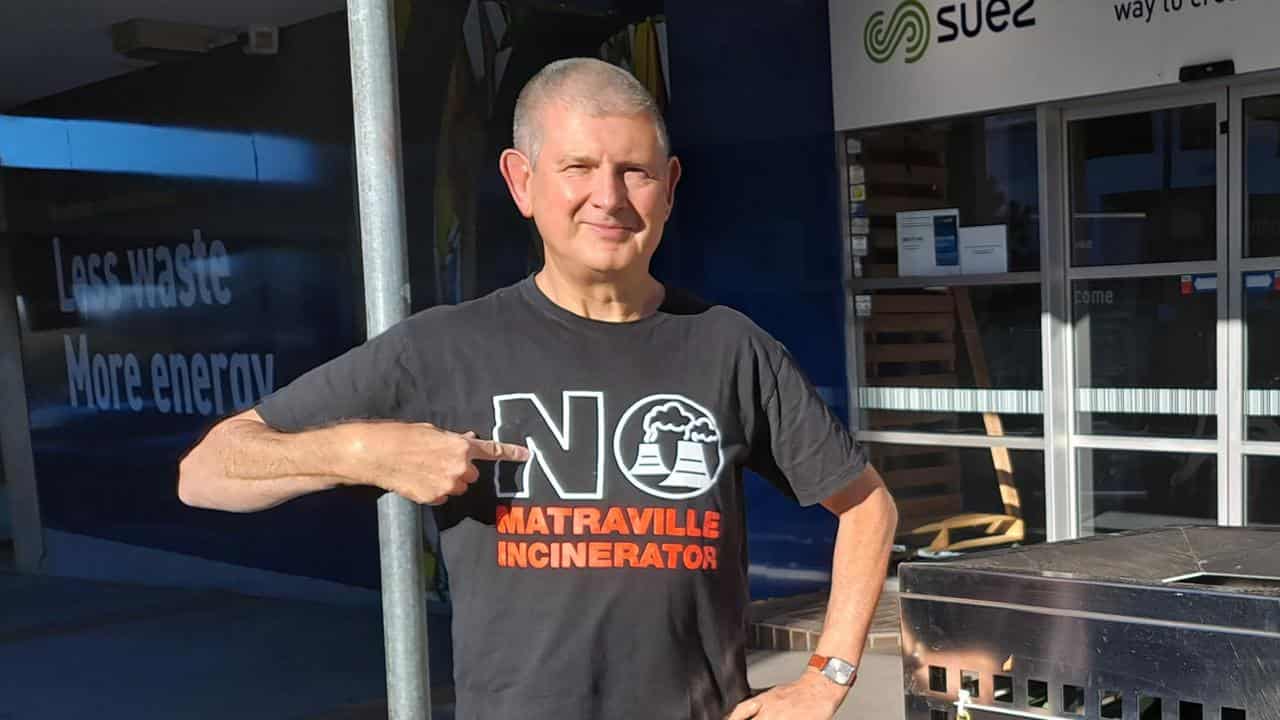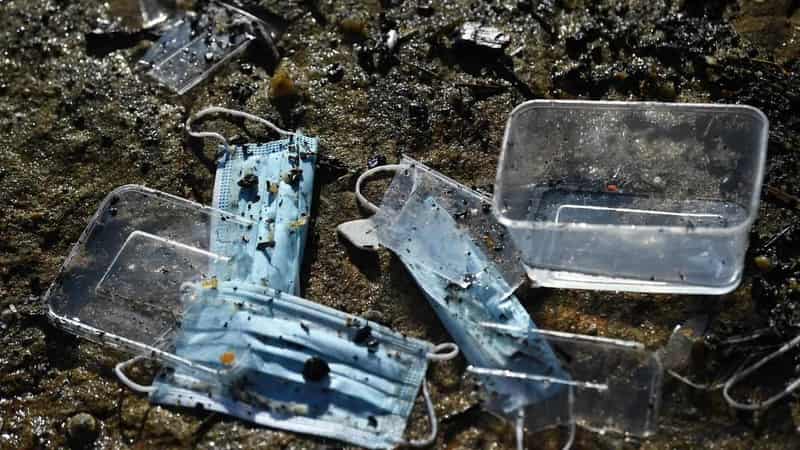
Burning some of Australia's 27 million tonnes of yearly rubbish for energy isn't the the clean green pollution solution the waste industry would have you think it is, environmental groups say.
Waste-to-energy industry leaders will meet in Sydney on Wednesday to discuss how all levels of the waste management hierarchy can be used to fill "the missing piece in Australia's sustainable future".
According to the industry, unlike Europe and Japan, Australia has not yet fully grasped the need or ability to capture energy from residual materials that are often poorly designed or cannot be recovered, such as hazardous or clinical material.
But chemical engineer Chris Hanson and others want to close the door on the waste-to-energy industry on pollution and health grounds.
The former plastics worker successfully campaigned against an incinerator being built in eastern Sydney after arguing it would spew a cocktail of toxic 'forever chemicals' into the air.
"The reality is that over the average operating conditions of these incinerators ... they create a lot of pollution," he told AAP.
"These ultra-fine particles ... you can't see them in the air, you can't taste them."
Two incinerators are under development in Perth with $41 million in funding from the Australian Renewable Energy Agency.

But Mr Hanson says governments should be prioritising advanced recycling equipment and reducing unnecessary plastic waste.
Companies involved in incineration didn't have an interest in trying to recover plastics or other fossil fuel-based materials as it would impact their fuel source.
"Companies who peddle waste to energy incinerators as a clean and sustainable source are wolves in sheep’s clothing," he said.
NSW Greens waste spokeswoman and former GP Amanda Cohn said incinerators were not an efficient way to manage waste, nor an efficient way to produce energy.
She wants an incinerator ban in Sydney extended statewide, amid development proposals in Tarago and Casino.
"Waste incinerators are a producer of air pollution - and people in NSW deserve to be able to breathe clean air, whether they're in Sydney or Tarago," Dr Cohn told AAP.
The Sydney meeting comes as NSW this week floated bans or forced designs of lollipop sticks, cigarette butts, bread tags and heavyweight plastic shopping as ways to reduce problematic plastic waste.
The waste-to-energy issue is also flaring in Victoria, with Lara locals due to protest in Geelong on Wednesday against an incinerator being built in their town.
But the peak body for waste companies said energy from waste was a proven technology with some 2000 facilities operating safely and reliably across the globe.
It came in several forms including anaerobic digestion, thermal and co-generation.
"Data from overseas demonstrates that when there is an integrated approach to waste and resource recovery, that includes energy from waste, there are higher recovery rates for recycling and for all other aspects of the waste hierarchy," Waste and Resource Recovery Association of Australia chief executive Gayle Sloan told AAP.
"It is simply not true to say energy from waste cannibalises recycling."
The industry would prefer zero residual material but while products could not otherwise be recovered, energy recovery was preferable to landfill, she said.
"(In landfill) it is left to create methane, a greenhouse gas far more dangerous than carbon dioxide," Ms Sloan said.
The industry conference runs until Thursday.









